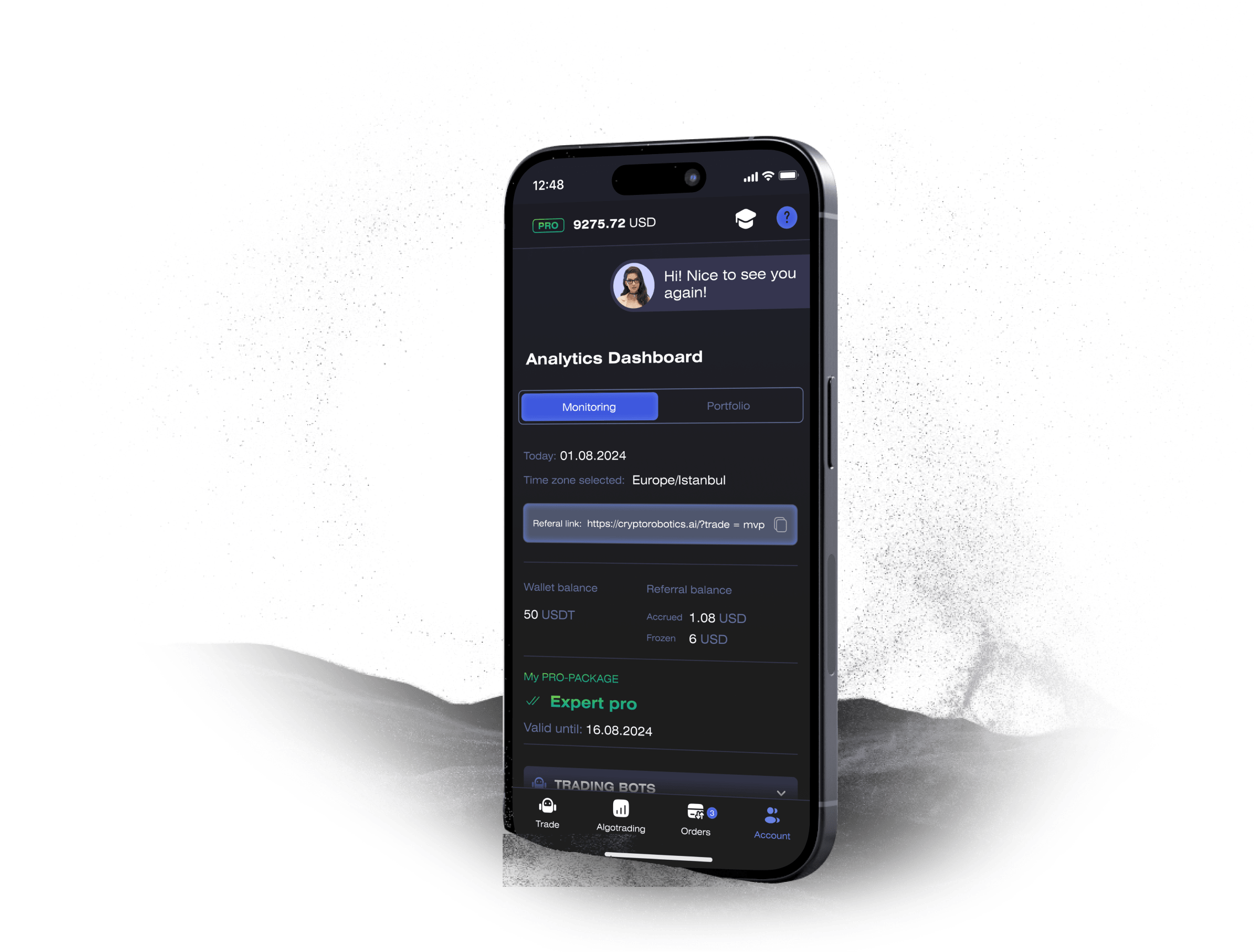Published: October 26, 2024 at 5:23 am
Updated on June 09, 2025 at 7:07 pm




The crypto world is still reeling from the news of a staggering $3 billion heist attributed to the infamous Lazarus Group, a hacking organization linked to North Korea. This group has been around for a while, but this latest operation shows just how sophisticated they’ve become. They even exploited a vulnerability in Google Chrome to pull off this massive operation. The hackers used a fake blockchain game as bait and deployed some nasty malware that captured everything from passwords to authentication tokens. It’s a wake-up call for everyone involved in cryptocurrency and trading.
So, what exactly did they do? Well, it all started with a security flaw in Google Chrome that allowed them to access users’ crypto wallets. Over 25 separate hacks, people! And they laundered about $200 million through various channels. The game they created was called DeTankZone or DeTankWar, and it featured NFTs—because of course it did. By leading victims to a malicious site disguised as an innocent game, they were able to deploy Manuscript malware that did all sorts of dirty work.
One major takeaway from this mess is the need for timely patching of vulnerabilities. Kaspersky’s team figured out how the Lazarus Group operated back in May and even told Google about it. But guess what? It took 12 days for Google to patch the vulnerability, during which time the hackers were busy ransacking crypto exchanges.
Another recommendation is implementing multi-factor authentication (MFA). MFA adds another layer of security by requiring users to verify their identity through two different forms of identification. And let’s not forget employee training; if your staff can recognize phishing attempts and social engineering tactics, you’re one step closer to securing your exchange.
Now here’s where it gets interesting: AI could be both a savior and an enemy in this scenario. On one hand, AI can help detect anomalies in user behavior before things go south. But on the other hand, we know hackers are using AI too.
Even crypto investment bots are stepping up their game with advanced security features like end-to-end encryption and two-factor authentication. If these bots can secure themselves better, maybe there’s hope yet for the average crypto user.
The tactics employed by the Lazarus Group offer several lessons for improving resilience against such attacks. Enhanced security protocols are essential; think regular smart contract audits and real-time transaction monitoring systems that catch weird stuff immediately.
Crypto exchanges have their work cut out for them if they want to avoid becoming victims like so many others have been already.
Access the full functionality of CryptoRobotics by downloading the trading app. This app allows you to manage and adjust your best directly from your smartphone or tablet.


News
See more







Blog
See more






